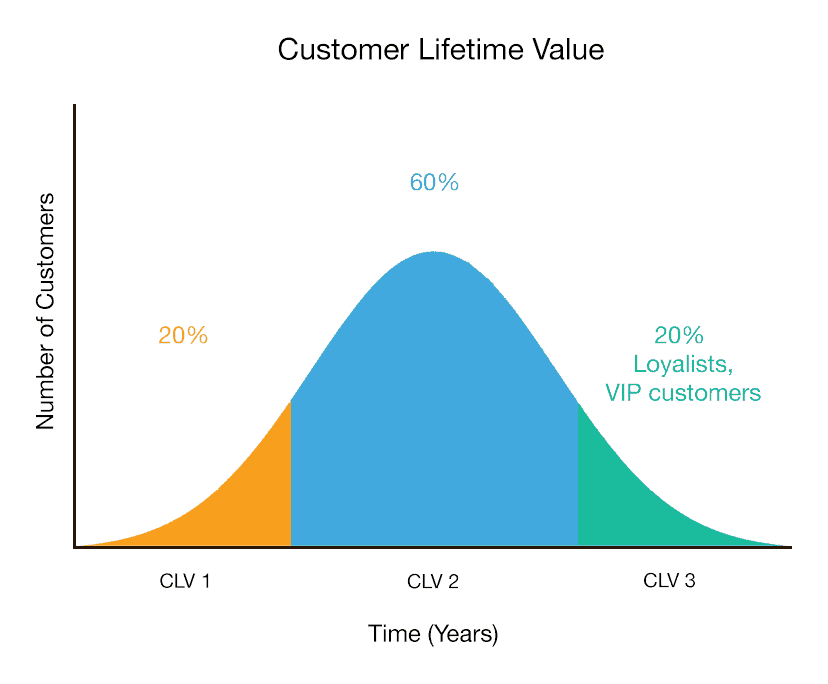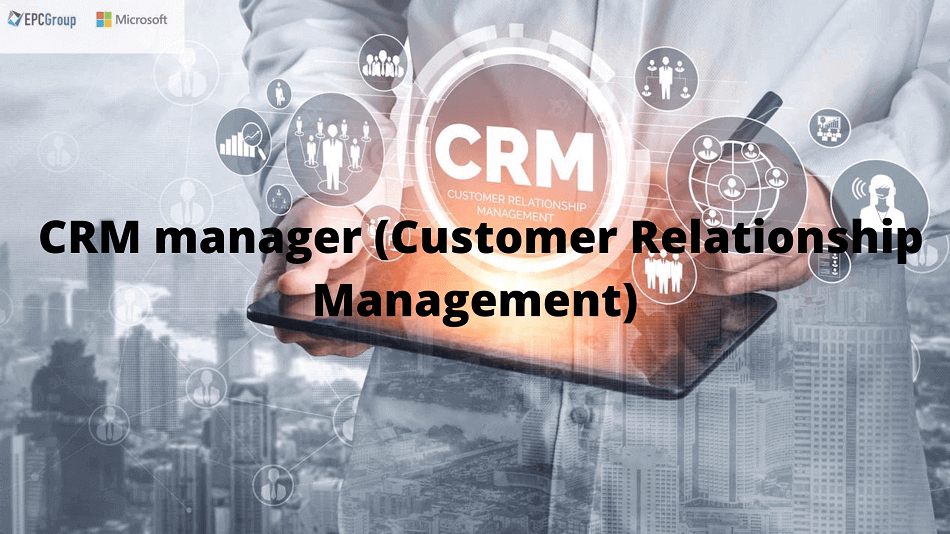Customer Relationship Management CRM manager is a way to manage your customers and their relationships to grow your business. Due to the complex business climate that firms worldwide are currently operating in, CRM is becoming increasingly important. In addition, it’s essential in sectors where the layout of conventional channels is changing.
CRM uses in-depth consumer information developed via relationship building and previous marketing initiatives to meet growing competition, shifting economic situations, and promotional reliance.
There are several adequate definitions of CRM. Customer Relationship Marketing, Customer Relationship Management, and Continuous Relationship Marketing have all been referred to as CRM. CRM is a method that increases customer value through ongoing marketing initiatives built on intimate customer knowledge acquired through the gathering, administration, and exploitation of customer data and contact history.
Significant Technological Advances in Customer Relationship Management CRM manager
Customer relationship management (CRM) has benefited from advances in data management and middleware, as well as the development of promotional tools such as Spectra and other new probabilistic targeting methods like selective binding and variable valuation.
CRM is presently utilized by around 45 percent of businesses in the U.S. in the retail, aviation, and utility sectors, 50 to 55 percent of businesses in the financial services, pharmaceuticals, and transportation sectors, and 70 percent of businesses in the telecommunications and credit sectors.
The proliferation of electronic marketing as a tool has produced a rich source of consumer data for organizations in many industries to access. For example, focusing on the retail grocery industry, grocery retailers use frequent shopper programs that comprise over 60% of the All Commodity Volume.

Customer Lifetime Value: A Tool For Marketing Profitability
Customer lifetime value (CLV) is a tool that can help you to understand the value of your customers over time. For example, it’s used by businesses to determine how much money they can make from customers over an as opposed to simply one transaction over a while.
The idea of customer lifetime value, which measures the financial worth of a customer connection over time, has developed to provide clever direct marketers the chance to distinguish between the profit potential for each of the numerous market groups they serve. Since its inception, loyalty marketing has emphasized that keeping and growing business with current customer retention is less expensive than client acquisition.
To increase the value of the relationship for both the seller and the buyer, customer retention as a strategy is based on the capacity to segment and target current users differently. In other words, it allows you to use your existing customers’ data to create targeted marketing campaigns to drive higher sales and make more money overall.
What Is CDI Are Its Role In A Customer Relationship Management CRM manager Strategy
Customer Data Integration (CDI) helps a business to gather customer knowledge, a crucial prerequisite for a successful CRM manager strategy. A unified view of the client may be built using CDI from many customer data repositories. All points of contact with customers are interconnected, and CDI constantly accesses and updates customer data.
Few firms now have a single, integrated picture of the customer, even though most think it’s essential. Throughout this article, the term “customer” refers to inactive past customers and potential consumers (i.e., prospects).
Organizations must overcome a variety of obstacles to establish a single customer view, which is essential to CRM:
- Many databases.
- Several touch points
- Inequality within departments
- Many uses.
- Erroneous client data
Data Duplication: Importance in Building Secondary Data
Data duplication is a critical step in building secondary data. This process is where we tie individuals and households together. For example, a business may be looking at building a relationship with the entire household or trying to understand the household life-time-value. Or one may be looking at the individual separate from the household. Therefore, each individual would be assigned a unique identifier.
Once identified, you can apply secondary data to the primary data for an enhanced customer profile. This process enhances the CRM manager’s effort as an organization expands its customer profile. One must also suppress certain information from being used in future marketing activities, usually for privacy or regulatory reasons. One may still maintain the data for analytical purposes but may not be able to use it for the basis of any communication. Data consolidation is the process of aggregating data in support of the DW update process.
How Sales Functions Can Make The Most Of Customer-Centric Thinking
Sales functions are being asked to deliver value in a new way. Today, customers’ needs and expectations of businesses have changed, creating a demand for a new approach to sales.
Customer-centric thinking has created the need for a change in the role played by the sales function. The customer focus that organizations have adopted has created significant changes in evaluating what value the sales force provides today. The purpose of a sales force is to add value to the distribution of products. Today, value is defined by customers and not by organizations. The traditional role of sales has been to communicate the value of a company’s products, but for the sales force to be the sole communication link in business today is no longer practical or advisable.
The challenge for all business functions is to create value. How, then, can sales deliver on that objective in today’s business environment? First, the sales function must exist to solve customers’ problems at even reduced costs. However, the sales force to become problem solvers requires that customers “buy into” their revised role.
Continuous Relationship Marketing: Using Data Architecture To Better Direct Company Communication
CRM targets customer communication more effectively in B2B and B2C channels. The capacity to strengthen connections via ongoing improvement of client and consumer communication is known as CRM, or continuous relationship marketing. This method of consumer marketing is not brand-new. The constant improvement of product offers to clients is a long-standing practice in direct marketing and direct mail.
Segmentation, targeting, customized marketing, and thorough assessment have long been vital components of direct marketing. The extent of client engagement, the information at hand, and the level of customer expertise employed are all novel concerning CRM. More suitable goods are now possible thanks to new printing technology; for example, PARENT magazine selectively binds magazines according to the ages of the children in the house. Fingerhut creates catalogs using data from previous purchases.
The critical elements in a successful CRM manager program are:
- The ability to identify customer needs.
- The ability to develop a product or service that meets those needs.
- A system for providing that product or service.
CRM manager Initiative Success Requires Senior Management Support
The future of Customer Relationship Marketing is uncertain. Reported campaign management, call center management, and marketing analytics results have been disappointing. CRM initiatives are costly, time-consuming, and require an organizational commitment to be successful. A typical CRM initiative within a major corporation can cost well over $80 million and take three years to complete. The size of investment alone warrants senior management involvement, but it is the revenue opportunity for CRM programming that indeed requires senior management direction.
This level of accomplishment necessitates a great degree of executive support from senior management for CRM initiatives to succeed. This support includes:
- Adoption by key executives (CEOs).
- Establishment of an Executive Committee (EC) made up of key decision-makers from various business units.
- We are creating a Business Advisory Council (BAC) with the following members and key stakeholders from various functional areas such as finance, marketing, and sales.
Conclusion
To improve customer service and therefore increase sales, you need a CRM manager that can make sure your organization’s customer management policies are updated to meet market changes. With the right CRM manager helping your business grow, you will have solid, reliable data on every facet of your client’s interactions with your company. There’s a reason why Microsoft Dynamics 365 is preferred. Customers of EPC Group can benefit from the CRM solution’s lower total cost of ownership, flexibility to manage and adapt corporate processes, and enhancements to customer interaction and client service.










